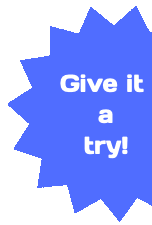First, we teach the students to read the text through once before doing anything else. After they have read the text, they go through and pick out the main idea of each paragraph or group of paragraphs.
Next, we emphasize the importance of including only the most important details. No opinions, no little tiny irrelevant details-- just the facts. Avoiding opinions seems to be one of the harder parts for my students.
"Summarize means make it shorter, just the facts like a reporter!"
For the topic sentence of our summary, we write a SAAC statement. ( See chart below) I have seen different variations of this, but this is the one I teach.
There are four parts to the summary topic sentence. First, they state the type of writing (article, book, web page, etc.) and the title of the piece of writing they are summarizing. In the example we were using for this anchor chart, we were reading a short article out of a kid's science newspaper.
For the State It portion, we named the type of writing (an article) and the name of the article (The Story Behind the Switch).
For the Assign portion of the SAAC statement, you state the author's name. Unfortunately, the author was not given for this particular article, so we used the name of the publication (Colorado Reader) instead. Normally, it would say "the author, Lindsey Peak" or whatever the author's name is.
Action is easy because you teach them a few verbs and they stick with them. This is an action to describe what the author is doing in their writing. We use the verbs tells, explains, and describes most of the time.
Finally, they Complete the SAAC statement with their topic.
I know it may look tedious at first glance, but my students consistently generate stellar summaries thanks to this method. Once they "get" all the parts of the SAAC statement, it is easy breezy to write awesome topic sentences and then they fill in the rest with their star ideas and details!












